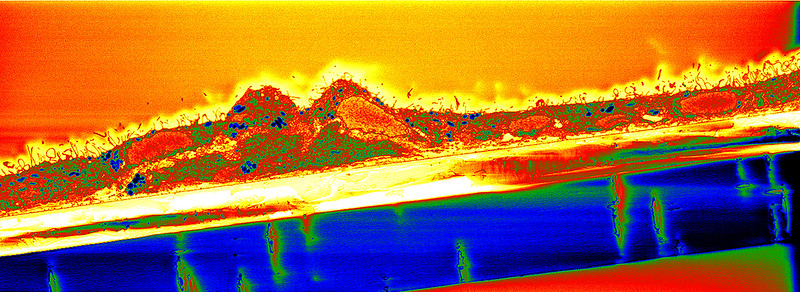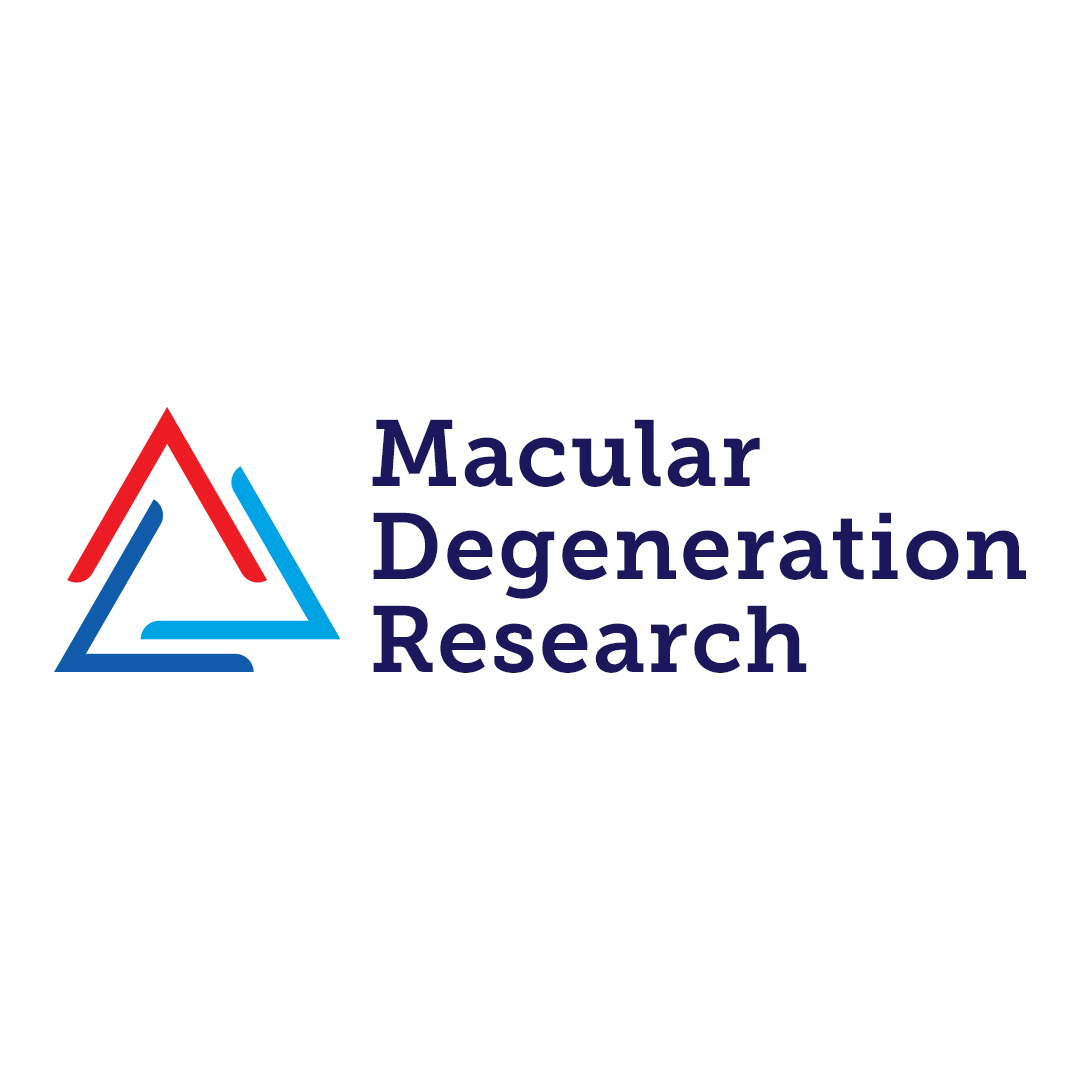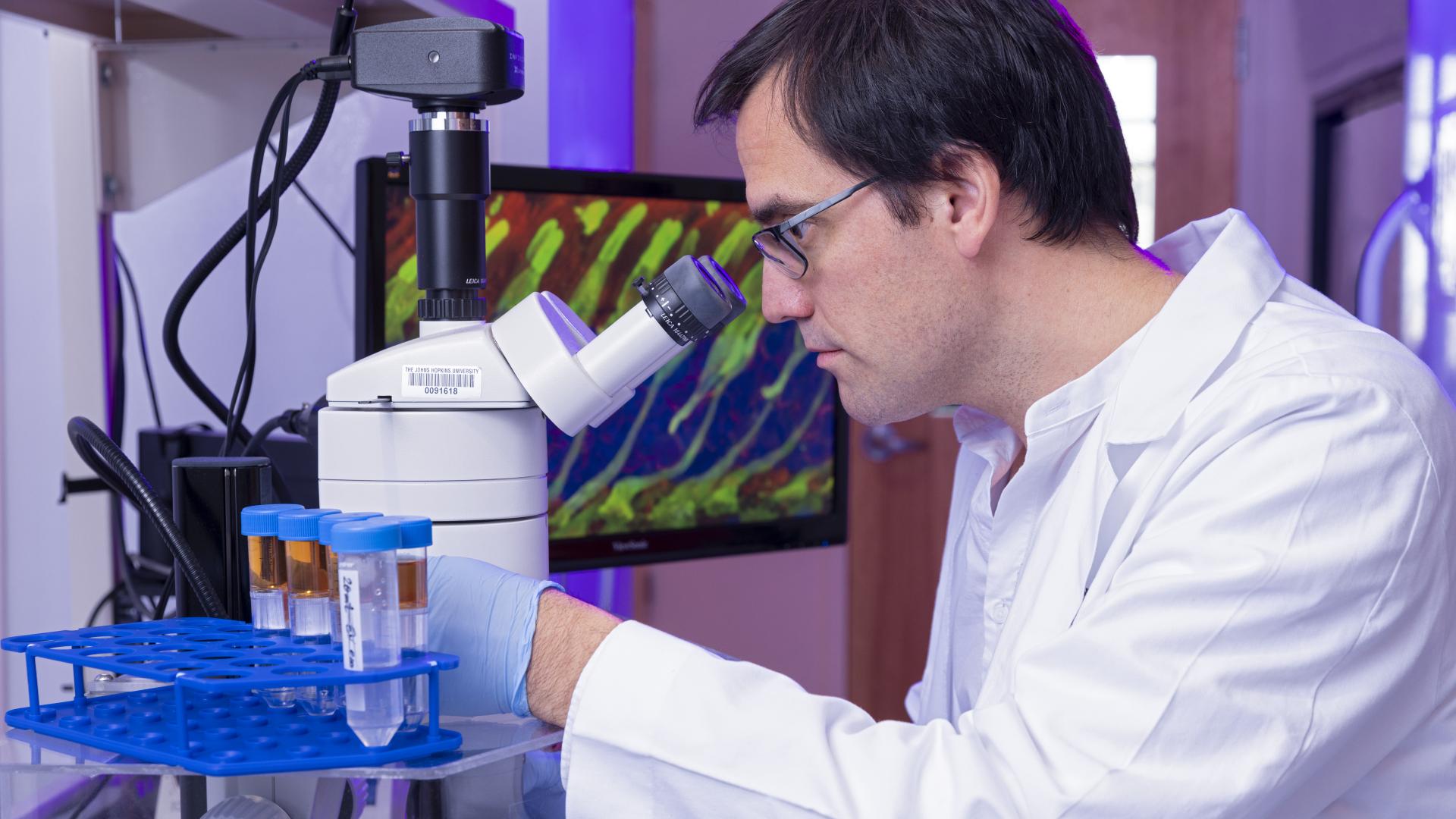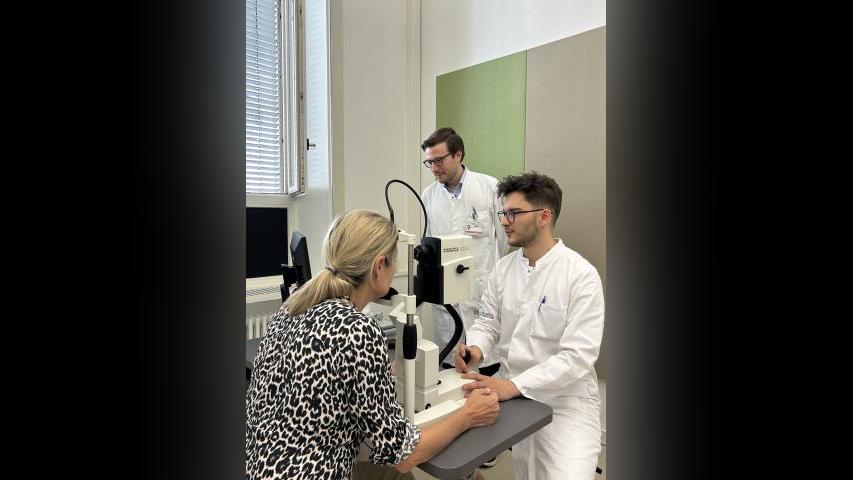
BrightFocus Macular Degeneration Research recipient Albert Gonzales, PhD, is exploring how blood flow to the eye may explain conditions like macular degeneration.
Blood flow tells a story about the unique needs and functions of the body’s tissues. And with one of the highest rates of blood flow in the body, it’s clear that the choroid—the part of the eye that supplies oxygen and nutrients to the retina and helps remove waste materials from the retina—plays a key role in healthy vision.
But scientists still don’t understand how tiny blood vessels in the choroid regulate blood flow, leaving them in the dark about essential functions of the eye. BrightFocus Macular Degeneration Research grant recipient Albert Gonzales, PhD, aims to change that. He believes exploring choroidal blood flow may explain conditions like macular degeneration and open new avenues of treatment for irreversible vision loss.
Macular Degeneration and Blood Flow
Macular degeneration is a condition that leads to loss of central vision. It’s caused by cell death in the macula, the part of the retina responsible for detailed color vision. It happens primarily in older adults and is linked to a buildup of protein deposits called drusen. Many factors can influence macular degeneration, but blood flow likely plays a role, with less fresh oxygen reaching the macula and more toxic cellular waste accumulating.
Blood reaches the choroid through tiny vessels called capillaries. Previously, researchers thought blood flowed through these capillaries passively, like water seeping down a hill. Dr. Gonzales challenged that notion, showing capillaries in the brain and retina adjust blood flow to actively respond to cells’ energy needs. Based on this new understanding, Dr. Gonzales compares capillaries to a savvy gardener who knows to give more water to oak trees than to cacti.
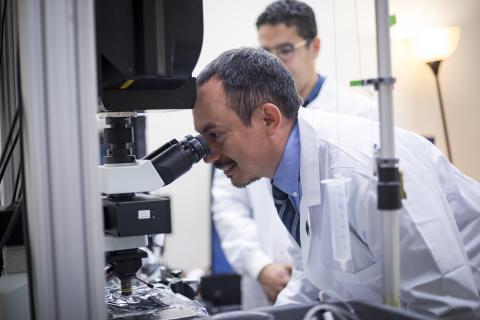
“We aim to demonstrate that the capillary network has the remarkable ability to actively sense and respond to the needs and environment of tissues,” he explains.
Dr. Gonzales believes these flow regulation mechanisms are essential for eye health. He’s examining how choroidal blood flow fluctuates in response to light with a new experimental model of the mouse eye. His initial results, currently under review, suggest certain wavelengths of light reduce blood flow in the choroid and encourage cells to clear waste. Conditions like macular degeneration could impact this process.
“Dysfunction in [fluid movement] can have detrimental effects on tissue function, leading to fluid and waste accumulation,” he explains. “Our research could offer fresh perspectives on the development of macular degeneration.” Ultimately, he says this work could bring about a drug that treats macular degeneration through the vascular system.
Seeing the Big Picture
Dr. Gonzales’ research has applications beyond the retina, too. The eyes and the brain are closely linked, and abnormal blood flow is also involved in neurodegenerative conditions like Alzheimer’s disease, another topic of study in his lab.
“Both macular degeneration and Alzheimer’s disease involve the pathological accumulation of cellular waste,” he says. In a parallel line of research, Dr. Gonzales is exploring how pericytes—cells at the junction of capillaries and brain cells—might be involved in Alzheimer’s. He says this sort of basic science—research that explores fundamental processes without immediate practical applications—is essential for developing new treatments and understanding medical conditions.
“At times, basic science can be a step ahead of clinical or therapeutic understanding because we’re discovering new cellular processes that may not be clinically relevant yet,” Dr. Gonzales said in an interview with NEVADA Today. “It gives clinicians foreshadowing for what to see in the next few years. The basic science discoveries can get accepted in the field, then translated to other systems and finally given a clinical approach. We can seed the ideas that will hopefully bear fruit in the next five to ten years.”
Gonzales says with research moving faster than ever, he’s hopeful for the future.
“With more people, effort, and scientific capabilities, we can push for discoveries faster, with hopes that the best ideas rise to the top.”
About BrightFocus Foundation
BrightFocus Foundation is a premier global nonprofit funder of research to defeat Alzheimer’s, macular degeneration, and glaucoma. Through its flagship research programs — Alzheimer’s Disease Research, Macular Degeneration Research, and National Glaucoma Research— the Foundation has awarded nearly $300 million in groundbreaking research funding over the past 51 years and shares the latest research findings, expert information, and resources to empower the millions impacted by these devastating diseases. Learn more at brightfocus.org.
Disclaimer: The information provided here is a public service of BrightFocus Foundation and is not intended to constitute medical advice. Please consult your physician for personalized medical, dietary, and/or exercise advice. Any medications or supplements should only be taken under medical supervision. BrightFocus Foundation does not endorse any medical products or therapies.





